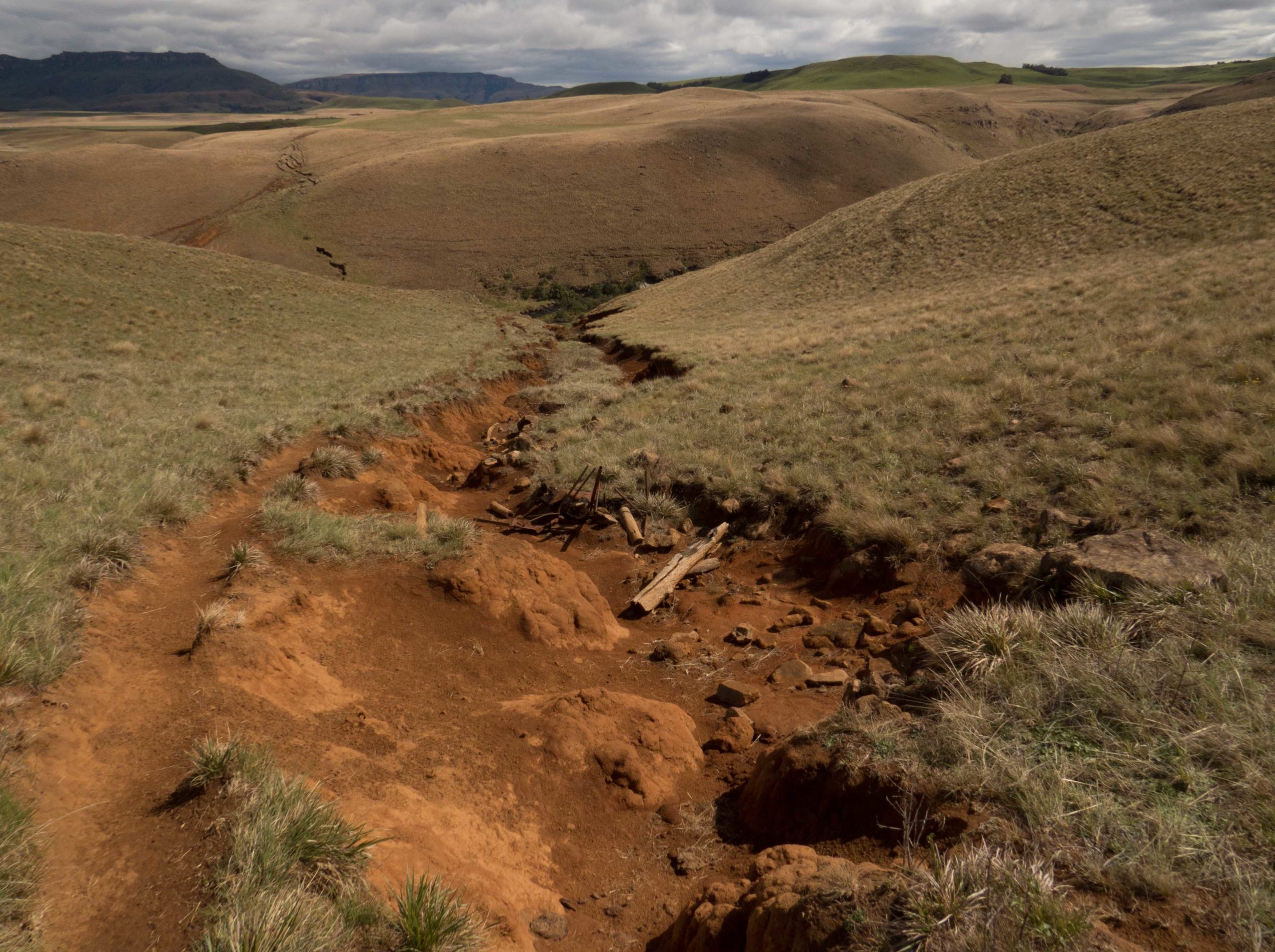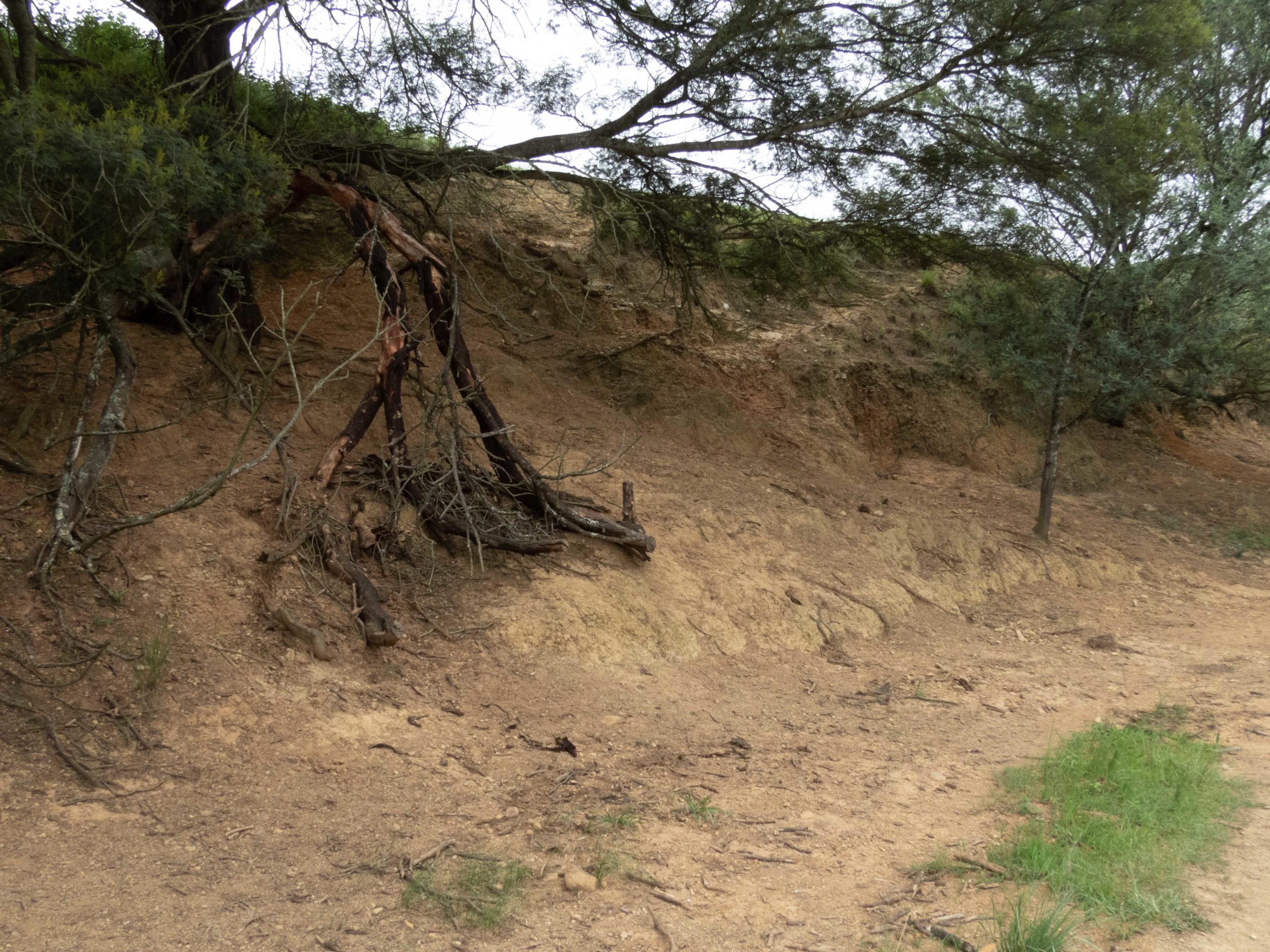Soil is an essential ingredient for almost all plant life; its health and availability are critical to ecosystems. Both the quantity and the quality of soil are under risk across the globe, posing a threat to agriculture and environmental health. Why is this happening, and what can be done about it?
It is essential to first understand what soil health is. Healthy soil can sustain plant and animal life and withstand the impact of agriculture. Undisturbed soil allows the development of a strong structure that holds roots in place and allows earthworms and bacteria to thrive. It also has the correct PH level ensuring appropriate nutrition for resident organisms.
Another key aspect is carbon, a requisite for organisms such as earthworms. Plants capture carbon from the air through their leaves and deposit it into the soil via their roots. From here, both plants and organisms can feed on the stored carbon. Without these conditions, health declines.
Unhealthy soil can be sorted into 2 broad categories of damage; structure, and chemical balance.
Farmers have been plowing their fields for centuries to improve productivity, but research has shown that tilling destroys soil structure The nutrient-rich topsoil is turned on its back bringing less rich soil to the surface. This creates fertility in the short term, as exposed organic matter can now decompose, but this effect doesn’t last. Once it has decomposed, it will be dramatically less fertile than before it was tilled, the process trades short terms gains for long term loss of health.
The second category of damage is the chemical balance. While soil is not alive, it supports an enormous host of plants, insects, microorganisms, and bacteria. These all work together to sustain a chemical balance within the soil that makes it fertile. It is these chemicals that a crop will feed from when it is planted. That relationship makes this balance crucial.
Inserting agrochemicals, therefore, can cause chaos if not done carefully. While agrochemicals can increase yield in the short term, they can disrupt the chemical balance of the soil and damage its long-term fertility. In doing so, the soil can become so dependent on the input of agrochemicals due to the destruction of the natural chemical composition, that it cannot function without ever-increasing amounts of agrochemicals.
Poor health increases the risk of erosion, which is significantly more problematic because although weak soil can be revived, if it is washed away, it cannot be brought back.

Without the binding effect of plant roots, topsoil can be eroded by rainwater or wind. Plant loss can be caused by a variety of preventable reasons, including poor health, improper burning, overgrazing, and deforestation. The spread of invasive species is also a concern, but this is a complex topic, more information can be found here.

Sustainable practices such as rotational grazing, sustainable forestry, and regenerative agriculture can help prevent erosion and improve health.
Poor health is not only an environmental issue, but it also creates an economic burden. Farmers must contend with lower yield by spending more on agrochemicals, that cost is either absorbed by the farmer who takes a pay cut, or is passed on to consumers in the form of higher food prices
Healthy soil is a crucial part of our global food supply system and the health of our planet. The damage being done to our soils is a severe problem, but it is one that is entirely preventable. Restoring soil health and combating erosion is a crucial task for ensuring food security across the globe.
